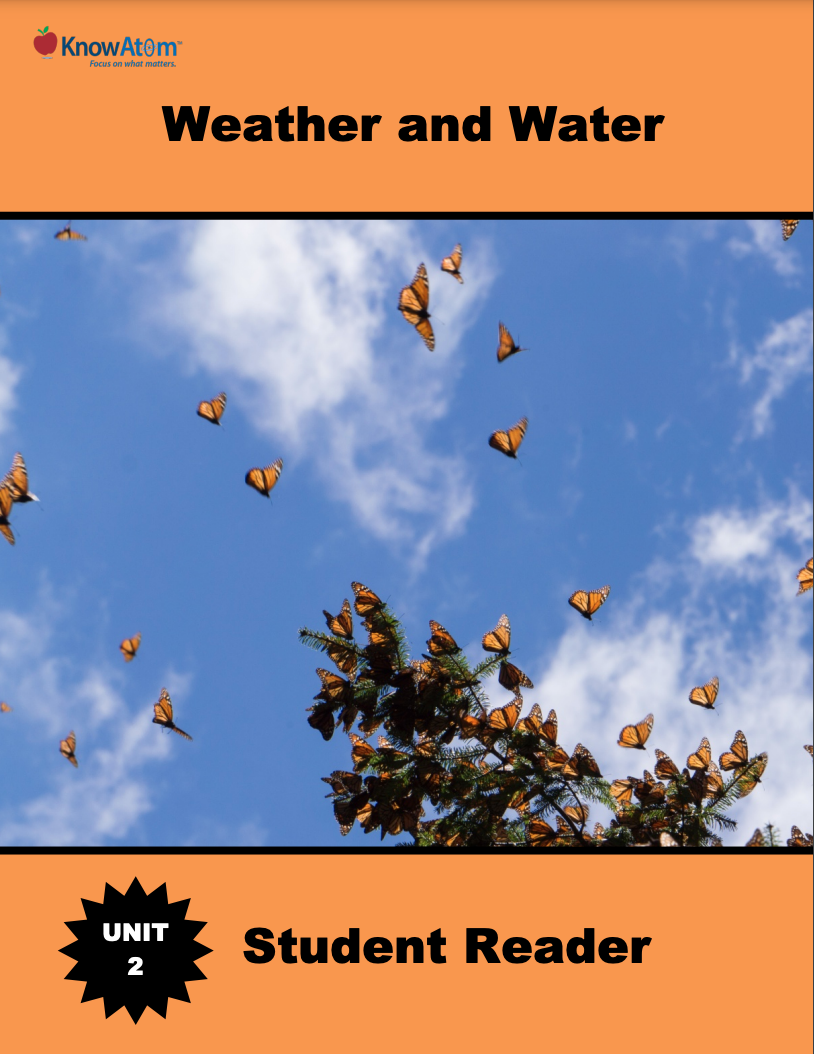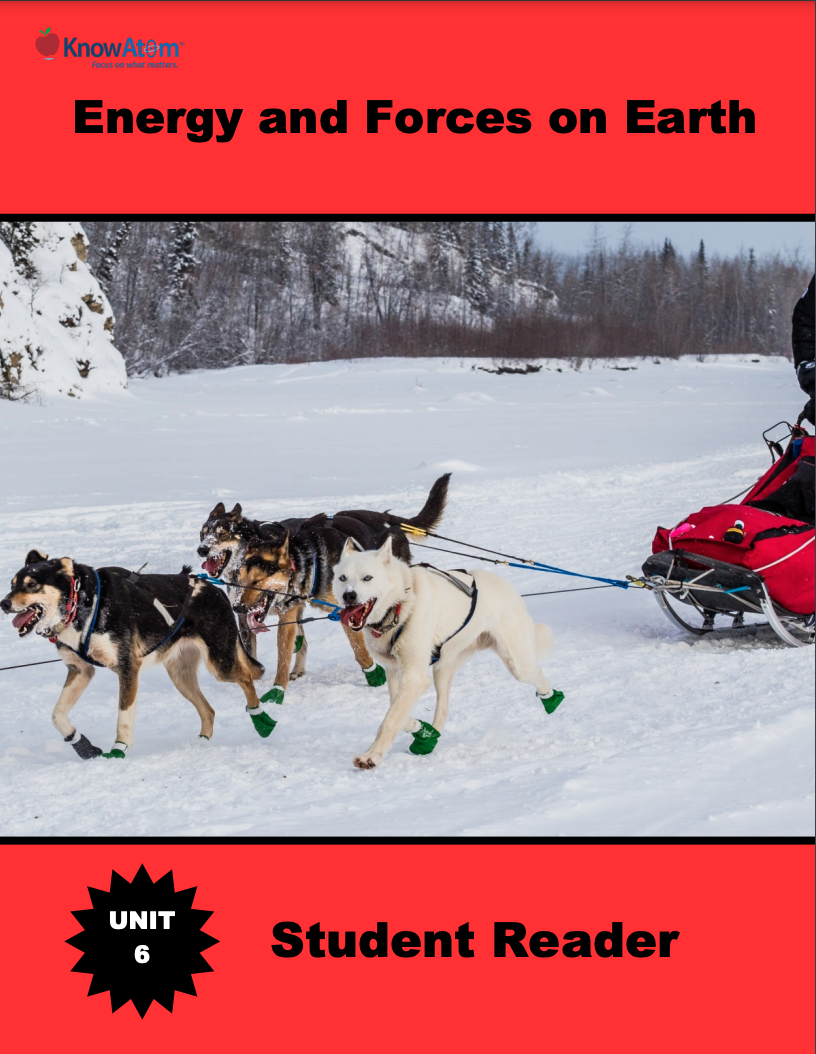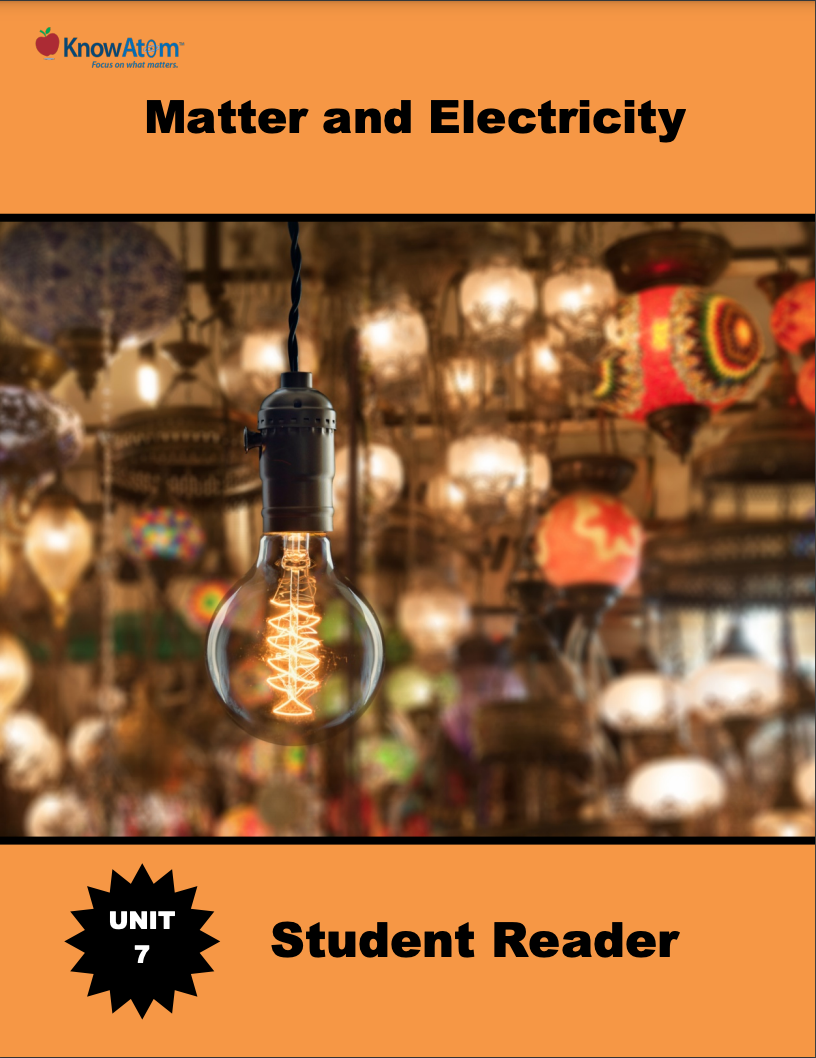
In this unit, students use the scientific process to analyze Earth’s place in the solar system. They begin by modeling how matter is made up of tiny particles called atoms, and changes state when heat is added or removed. This page provides an overview of lesson 1B in which students explore the science phenomena of how heat affects matter.

In the last unit, students learned about matter as they explored Earth’s position in the solar system. In this unit, students discuss how the sun provides light and heat to Earth, powering the water cycle, which in turn influences weather and climate. Students analyze the science phenomena of weather patterns in specific regions during a particular season.

In this unit, students expand their understanding of the need for energy among living things to include non living energy systems. They build sleds to figure out how the phenomena of friction transfers energy out of systems. This page highlights components of this lesson.

In this unit, students continue to explore forces and energy, focusing on the science phenomenon of how electrical energy can be transferred from one place to another to do work. In this lesson, students build series and parallel circuits, measuring the amount of current that moves through each circuit with one and two light bulbs. This page highlights some components of that lesson.
Standards citation: NGSS Lead States. 2013. Next Generation Science Standards: For States, By States. Washington, DC: The National Academies Press. Neither WestEd nor the lead states and partners that developed the Next Generation Science Standards were involved in the production of this product, and do not endorse it.
